The world of hip hop music culture is a vibrant tapestry woven with diverse styles, subcultures, and artistic expressions. At its core lies the underground scene, a realm where authenticity and creativity thrive, often operating outside mainstream spotlight. This article delves into the unique aspects of underground hip hop, exploring its cultural differences, regional variations, and the influential artists shaping its landscape. From the raw authenticity of street vibes to the intricate lyrical craftsmanship, we’ll uncover how this subculture has carved its own path, leaving a lasting impact on music and society. Join us as we dissect the essence of underground hip hop, its evolution, and its continued relevance in today’s ever-changing musical landscape.
Key Takeaways
– Hip Hop Culture Basics: A vibrant blend of music, art, and dance, rooted in African American heritage, with four core elements: DJing, MCing, B-boying, and graffiti art.
– Foundational Elements: Turntablism, rapping, breakdancing, and graffiti define hip hop’s creative backbone, shaping its global influence.
– Cultural Expression: Beyond music, hip hop encompasses fashion, social activism, and urban art, reflecting its deep-rooted community ties.
– Global Reach: From its NYC origins, hip hop has evolved into a universal language, inspiring genres and uniting diverse audiences worldwide.
– Influence and Impact: As a lifestyle and movement, hip hop impacts fashion, language, and business, while addressing social issues through music and art.
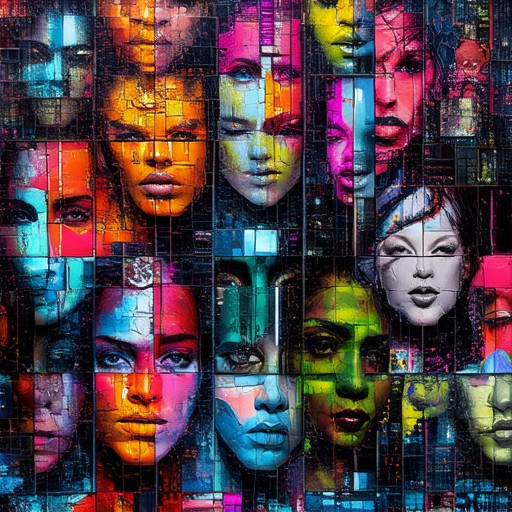
What Are the 4 Types of Hip Hop Culture?
Hip hop culture encompasses a vibrant and multifaceted array of elements that have transcended beyond music to become a global phenomenon. At its core, hip hop culture revolves around four primary components that define its identity and evolution. These elements are deeply intertwined and have contributed to shaping modern music, art, and social expression.
- DJing :
The art of DJing is widely regarded as the foundation of hip hop culture. DJs manipulate turntables, mix records, and layer samples to create intricate beats and rhythms. This skill has evolved from block parties in the Bronx to becoming a cornerstone of contemporary music production. DJs often spin tracks at live events, radio shows, and festivals, bringing people together through the shared love of music. - MCing (Rapping) :
MCing, short for Master of Ceremonies, involves rapping—rhyming and delivering lyrics with style and precision. Rappers use their words to tell stories, express emotions, and showcase their lyrical prowess. The role of the MC has expanded beyond just introducing songs to include storytelling, social commentary, and crowd engagement, making rappers cultural ambassadors in their own right. - Graffiti Art :
Graffiti, or “writing,” is a visual art form integral to hip hop culture. Artists use spray paint, markers, and other tools to create bold, stylized murals and tags. Graffiti has evolved from illegal street art to a recognized form of urban art, with artists gaining recognition through exhibitions, collaborations, and documentaries. It remains a powerful medium for self-expression and social commentary. - Breaking (Breakdancing) :
Breakdancing, also known as b-boying and b-girling, is the physical aspect of hip hop culture. Dancers perform intricate moves involving spins, jumps, and fluid movements to the rhythm of the music. This element originated in the streets of New York City and has since become a global dance phenomenon, inspiring countless videos, movies, and live performances.
These four elements—DJing, MCing, graffiti art, and breaking—form the bedrock of hip hop culture. They have not only defined the genre’s sound and style but have also influenced various aspects of modern society, from fashion and language to media and technology. The continued evolution and adaptation of these traditions ensure that hip hop culture remains fresh, dynamic, and universally relatable.
What is Deep Underground Hip Hop?
Deep Underground Hip Hop is a subgenre of hip hop music characterized by its raw, gritty sound and introspective lyrical content. It often blends elements of jazz, soul, and lo-fi beats, creating a distinct atmosphere that sets it apart from mainstream hip hop.
Origins and Characteristics
- Deep Underground Hip Hop emerged in the late 1990s and early 2000s, primarily in New York City’s underground scenes.
- Artists in this genre often focus on storytelling, social issues, and personal struggles, providing a deeper emotional connection with their audiences.
- The production tends to be less polished, with a focus on minimalistic beats and organic instrumentation.
Notable Artists
- Some of the most prominent names associated with Deep Underground Hip Hop include MF DOOM, Jinsang, and The Unseen.
- These artists are known for their unique styles and contributions to the genre, helping it gain recognition among hip hop enthusiasts.
Difference from Mainstream Hip Hop
- Unlike mainstream hip hop, which often prioritizes commercial appeal and catchy hooks, Deep Underground Hip Hop values authenticity and artistic expression.
- The genre has a loyal fanbase due to its unfiltered approach and resistance to mainstream trends.
Competitors and Platforms
- Competing platforms like Bandcamp and Discogs have become hubs for Deep Underground Hip Hop artists to share their music and connect with fans.
- These platforms offer a space for independent artists to thrive without the constraints of major record labels.
Conclusion
Deep Underground Hip Hop is more than just a musical style; it represents a community-driven movement focused on authenticity and creativity. Its raw, unpolished sound and heartfelt lyrics continue to resonate with fans worldwide, making it a vital part of the hip hop landscape.
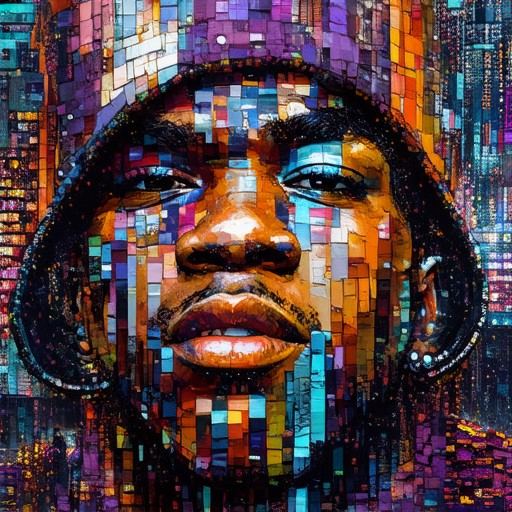
What Kind of Music is Underground?
Underground music refers to musical styles and scenes that operate outside mainstream popularity, often characterized by their unique artistic visions, experimental approaches, and niche appeal. Unlike mainstream music, which frequently dominates charts and receives widespread recognition, underground music thrives in relative obscurity, often gaining traction through dedicated fanbases and cultural significance rather than commercial success.
Key Characteristics of Underground Music:
- Avant-Garde and Experimental : Underground music often pushes boundaries, incorporating unconventional sounds, rhythms, and structures that defy traditional norms. Artists experiment with new techniques, blending genres like jazz, electronic, and noise to create something entirely original.
- Niche Appeal : These musical works often cater to specific audiences who appreciate their innovative nature and intellectual depth. The focus is less on mass appeal and more on artistic expression and personal vision.
- Cultural Resistance : Underground music sometimes serves as a platform for political, social, or cultural critique, often reflecting the perspectives of marginalized communities or challenging established norms.
Examples of Underground Genres:
- Abstract Hip Hop : Known for its eclectic mix of beats, storytelling, and artistic integrity, abstract hip hop stands out for its refusal to conform to mainstream expectations. Platforms like AbstractHipHop.com showcase this genre’s diversity and innovation.
- Lo-Fi and Bedroom Pop : Often recorded on basic equipment, these genres emphasize simplicity and authenticity, creating a raw, DIY aesthetic that resonates with fans seeking genuine creativity.
- Experimental Noise and Drone Music : Composed of prolonged tones and textures, this music challenges traditional harmonic structures, creating immersive and thought-provoking experiences.
- Indie Folk and Anti-Folk : Rooted in grassroots movements, these genres blend folk traditions with modern sensibilities, often bypassing conventional record labels to preserve their independent spirit.
- Post-Punk and Hardcore Punk : Known for their raw energy and rebellious attitudes, these subgenres challenge societal norms through their aggressive and unapologetic sound.
Platforms and Communities:
Underground music thrives in online communities and digital platforms, where artists can share their work without the constraints of traditional record deals. Websites like Bandcamp, SoundCloud, and YouTube allow creators to connect directly with fans, fostering a supportive environment for experimentation and innovation.
Competitive Analysis:
While mainstream music dominates streaming platforms and radio airplay, underground music continues to thrive through its loyal fanbase and cultural impact. Competitors like Spotify and YouTube play crucial roles in promoting these artists, though the music itself remains defined by its independence and uniqueness.
By embracing the creative freedom and cultural resonance of underground music, listeners can discover fresh sounds that challenge and inspire, proving that true artistry often lies beyond the mainstream spotlight.
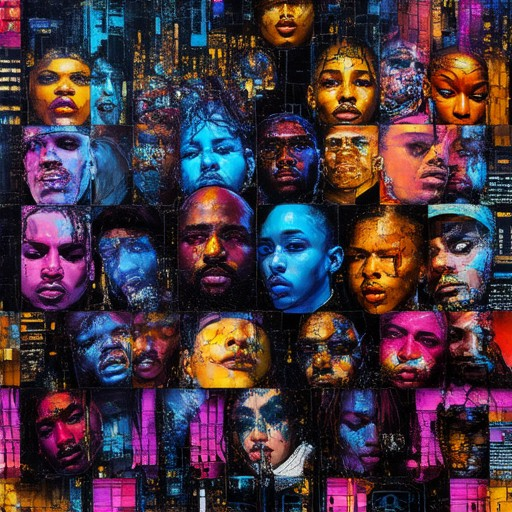
What Are the Three Cultures of Hip Hop?
Hip hop culture encompasses a vibrant array of artistic expressions that have evolved over decades. At its core, hip hop culture revolves around four primary elements: DJing/turntablism, MCing/rapping, B-boying/breaking, and visual/graffiti art. These elements have transcended their origins in urban neighborhoods to become globally influential forces in modern culture.
- DJing/Turntablism: The foundation of hip hop lies in the DJ, who uses turntables to manipulate records, creating beats and scratching. This art form originated in block parties and has evolved into a global phenomenon, with DJs blending genres from funk to electronic music.
- MCing/Rapping: Rappers use their voices as instruments, crafting intricate lyrics that tell stories, express social commentary, and showcase verbal dexterity. The art of rap has influenced countless musicians across genres and continues to evolve.
- B-Boying/Breaking: Breakdancing, or b-boying, is a dynamic physical art form that combines acrobatics, precision, and creativity. Dancers move to the rhythm of the beat, performing elaborate routines that showcase flexibility, strength, and style.
- Visual/Graffiti Art: Graffiti artists use spray paint, markers, and other tools to create visually striking murals and street art. This form of self-expression has transformed public spaces worldwide, becoming a symbol of urban culture and individuality.
Hip hop culture has also spawned numerous subgenres of music, fashion trends, and social movements. Its influence extends beyond entertainment into areas like education, activism, and technology. The culture continues to grow and adapt, reaching new audiences while staying true to its roots in the streets of New York City and beyond.
What are the 4 cultural pillars of hip hop?
The four main elements of hip-hop, often referred to as its cultural pillars, are:
1. Deejaying (Turntabling)
Deejaying, or turntabling, is the foundation of hip-hop culture. DJs manipulate and mix records to create beats and rhythms, laying the groundwork for rappers and MCs to perform. This artform has evolved from block parties in the Bronx to global stages, with iconic figures like DJ Kool Herc pioneering the technique.
2. Rapping (MCing or Rhyming)
Rapping, also known as MCing or rhyming, is the verbal delivery of lyrics over beats. MCs (Master of Ceremonies) tell stories, drop knowledge, and express themselves through intricate rhymes and wordplay. Artists like Nas and Jay-Z have elevated this artform to legendary status, blending storytelling with lyrical prowess.
3. Graffiti Painting (Graf or Writing)
Graffiti, or “graf,” is the visual expression of hip-hop culture. Artists paint murals and tags on public surfaces, often as a form of self-expression and social commentary. This artform has been central to hip-hop since its inception, with names like Keith Haring and Jean-Michel Basquiat leaving lasting legacies.
4. Break Dancing (B-Boying)
Break dancing, or B-boying, is the physical aspect of hip-hop. Moves like the moonwalk, headspins, and footwork define this dynamic style of dance. Pioneered by dancers like Michael Jackson and later popularized by groups like the Breakdance Crew, it brings energy and precision to performances.
Hip-hop’s cultural pillars are deeply intertwined, creating a vibrant ecosystem that spans music, art, and dance. From the streets of the Bronx to global stages, these elements continue to evolve while staying true to their roots.
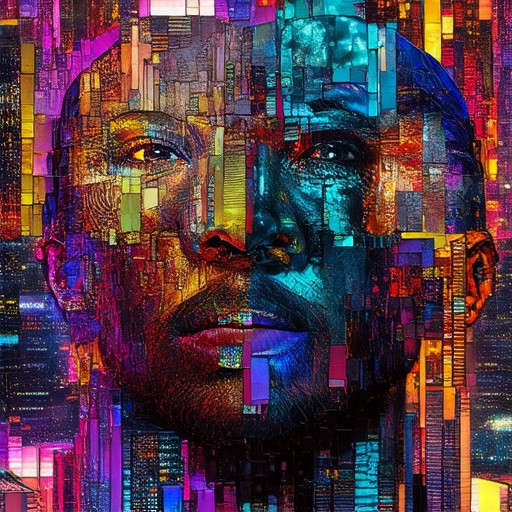
What is the Hip Hop Subculture?
The hip hop subculture is a vibrant and dynamic movement that has had a profound impact on music, art, fashion, and societal norms. Originating in the Bronx, New York City, during the late 1960s and early 1970s, hip hop culture emerged as a means of expression for African American communities facing socio-economic challenges. It has since evolved into a global phenomenon, influencing countless individuals and industries.
The Origins and Evolution
Hip hop began as a blend of Jamaican reggae, African rhythms, and local New York street beats. Early pioneers like DJ Kool Herc and Afrika Bambaataa laid the foundation, creating a unique sound and style that resonated with urban youth. Over time, hip hop expanded to include rap music, breakdancing, graffiti art, and fashion.
Key Components of the Subculture
- Music : At its core, hip hop encompasses rap, DJing, beatboxing, and turntablism. Artists use lyrical storytelling to address social issues, personal experiences, and cultural themes.
- Dance : Breakdancing, popping, and locking are integral parts of hip hop culture, often performed in competitive contexts known as b-boy and b-girl battles.
- Art : Graffiti art, or “writing,” is a significant aspect of hip hop, with artists using public spaces to create intricate murals that reflect the culture’s energy and identity.
- Fashion : Hip hop fashion includes distinctive styles like saggy jeans, baseball caps, and gold jewelry, which have become iconic symbols of the subculture.
Social and Political Impact
Hip hop has historically served as a platform for social commentary and political activism. Many artists use their music to address issues like systemic racism, economic inequality, and police brutality. This has made hip hop a powerful tool for empowerment and social change.
Global Influence
Hip hop has transcended boundaries, becoming a universal language that connects people across cultures. It has inspired genres worldwide, from pop and rock to electronic and jazz. Festivals like Coachella and Glastonbury regularly feature hip hop acts, showcasing its mainstream appeal.
Diverse Genres and Scenes
The hip hop landscape is diverse, with subgenres like East Coast and West Coast hip hop, Southern hip hop, and trap music each developing their own unique sounds and styles. This diversity reflects the adaptability and resilience of the culture, continually evolving to stay relevant.
Cultural Significance
Hip hop is more than just music; it’s a lifestyle, a community, and a form of self-expression. It has influenced art, fashion, language, and even business practices, shaping the way we communicate and interact with the world around us.
Conclusion
The hip hop subculture is a testament to the power of creativity and resilience. From its humble beginnings in the streets of the Bronx to its global dominance, hip hop continues to inspire and unite people worldwide. Its impact extends far beyond music, touching every aspect of contemporary life.

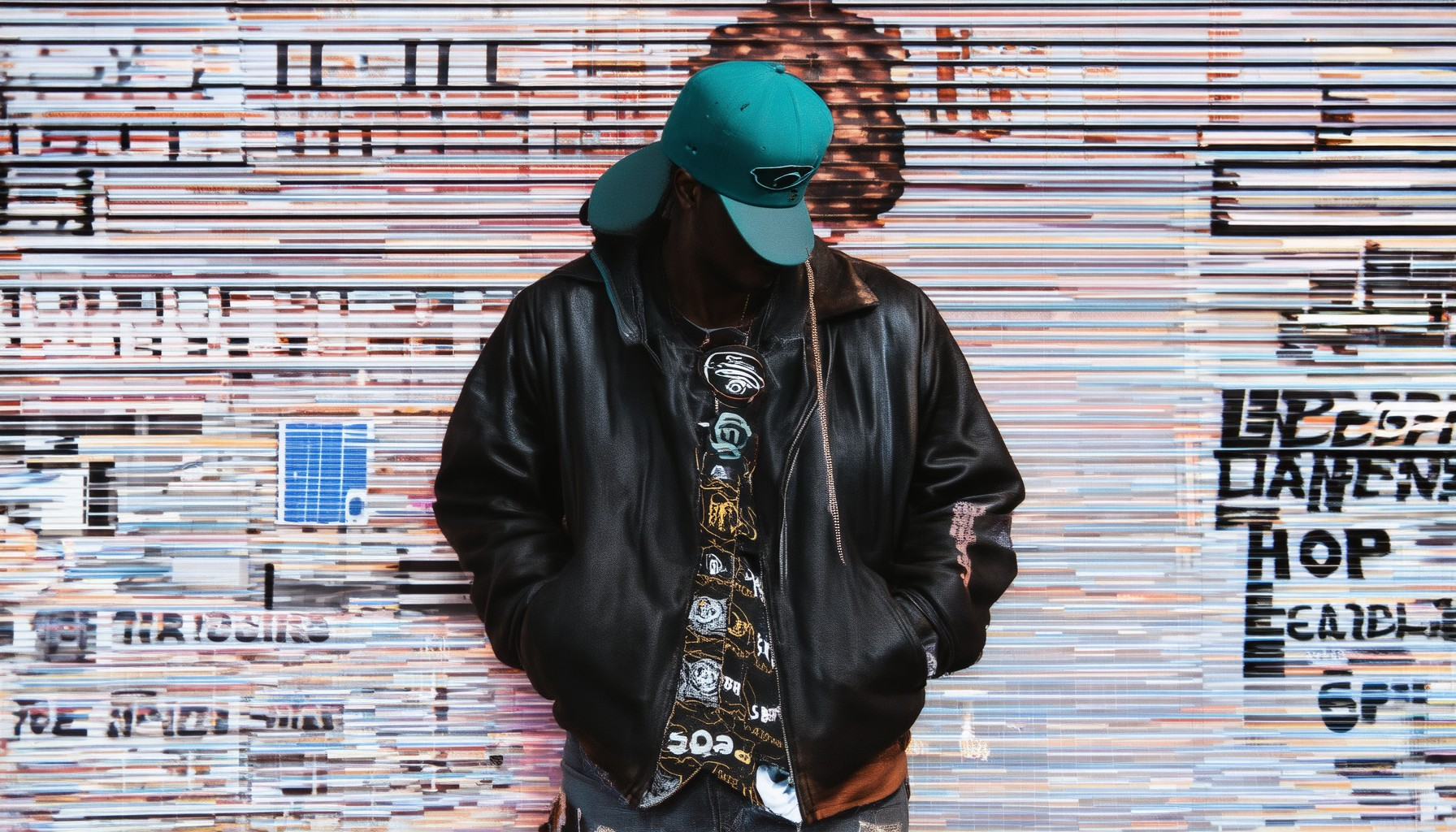
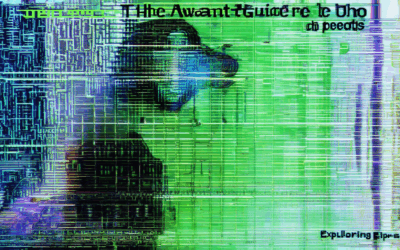
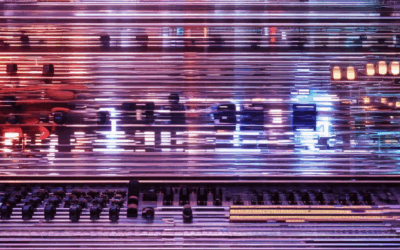

0 Comments